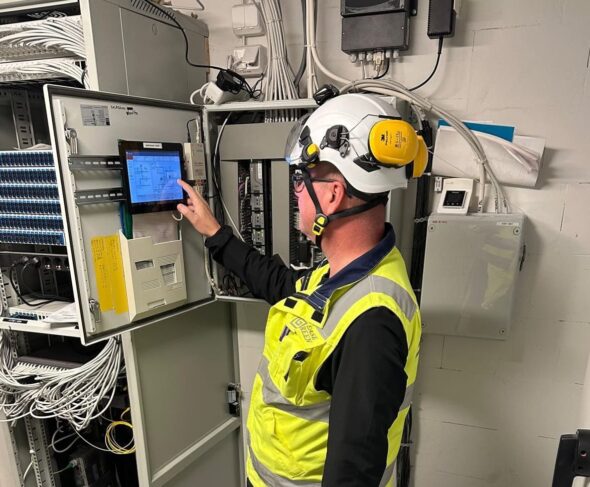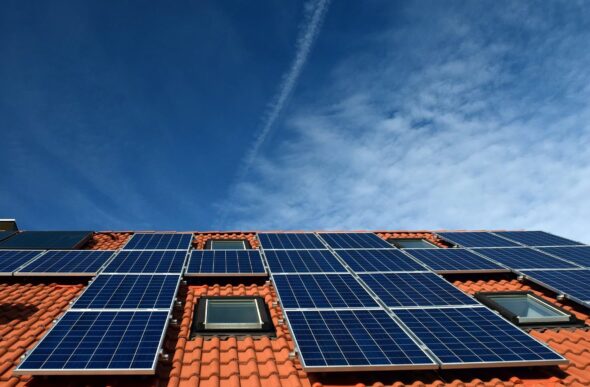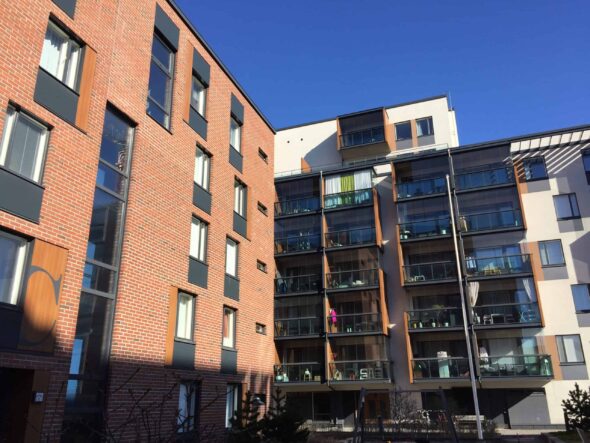The PTS, or long-term plan, looks at what kind of capex investments are profitable over the years. PTS investments should not only be used to carry out life-cycle repairs and reduce the repair debt, they should also be harnessed to increase the value of the property.
In this text, we give our best tips on how to make PTS work, especially when investing in energy efficiency.
How to invest smartly in energy saving
A better energy rating increases the value of the property and reduces operational or opex costs. At best, lower costs make the property more cost-effective, keep the tenant happier, and ultimately get a better price for a sensibly developed property when it comes time to sell. But how can capex investment be done intelligently?
When capex investments are made to save energy, it’s not just about replacing the heating system or better insulating windows. Investment planning should start with what results you want to achieve. It is important to take the long view: over the decades of a property’s life, a single project will have little value if it is not a sensible part of a long-term investment plan.
When investing in energy efficiency, the first step is to look at the current energy consumption of the property. Where is the energy being used, is heat being lost somewhere, or are there clear peaks in consumption? This will help to identify where the biggest savings in energy consumption lie.
Energy is consumed in many places in a property and the amount of energy consumed is influenced by a number of factors. Heating, the biggest expense in every Finnish building, is of course in the spotlight. Energy consumption is also affected by the structure of the house, such as windows and doors, as well as ventilation and lighting – and the list doesn’t end there. Energy consumption is a complex issue that needs to be examined on the basis of reliable data.
It pays to optimise your investments with the help of a competent partner. The property may already have some kind of indicative PTS listing repairs and investments – but have the objectives and impacts of the measures been assessed as a whole?
A professional partner will help you understand how to target your property’s PTS investments in a correct and timely manner. Repairs, renovations and improvements carried out at the right time will increase the value of your property and maximise savings. The different aspects of an energy renovation only support each other when the plan takes the whole into account. Turning a rough capex plan into a detailed roadmap requires knowledge and skill, i.e. expertise and data collection.
What is Capex in the real estate market?
When investing in real estate, there are two types of costs: operational expenditure (Opex), which describes the cost of maintaining the property. Capex, or capital expenditure, on the other hand, describes investments in long-term plans.
While Opex is water and electricity bills, Capex is money spent on repairs, renovations and improvements to your property. When you invest in a property, you should take care of it and be prepared to put money into developing it and increasing its value. It is important to plan these investments carefully.
An energy renovation is an example of a capex investment that aims to bring opex savings and develop the property in a planned way. Energy renovation can improve the energy efficiency of a property, which is directly reflected in, for example, heating and electricity bills. The carbon footprint of the property is reduced and the energy rating is improved, which in turn affects the value of the property as a whole.












